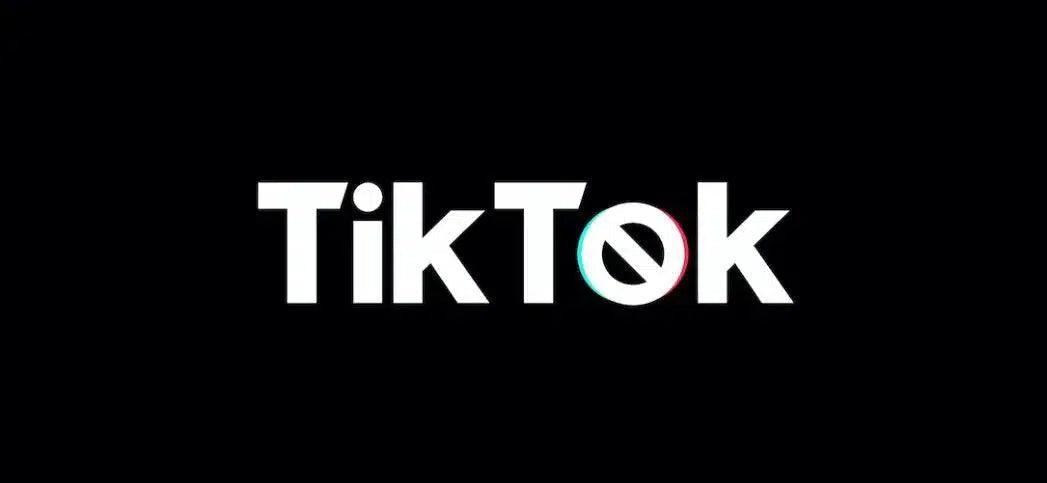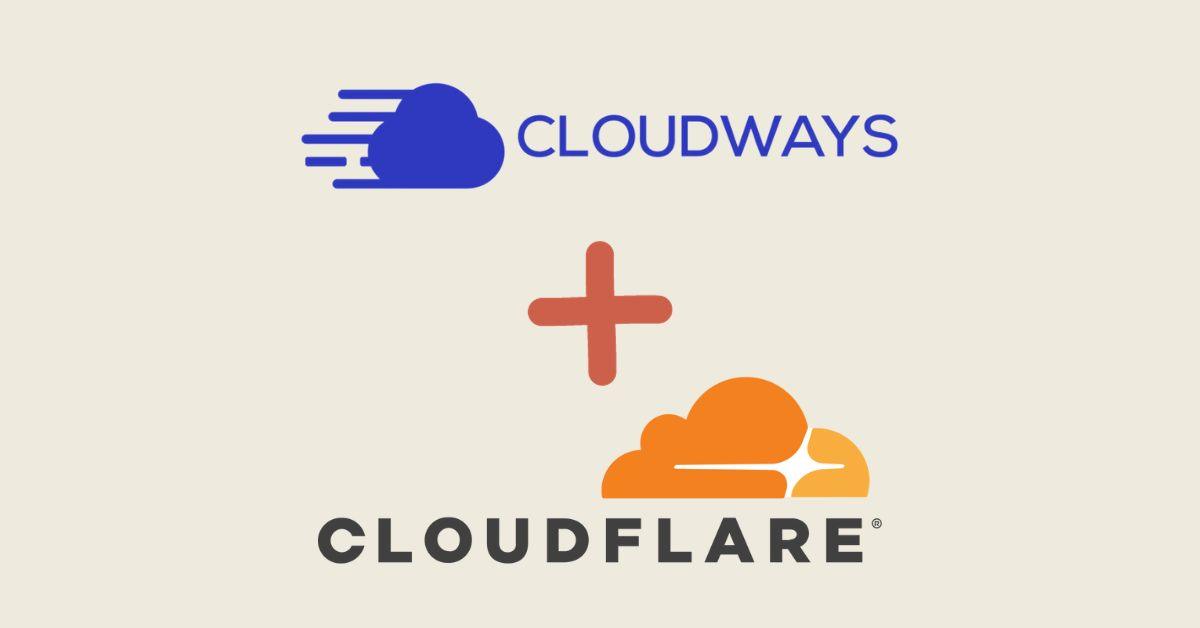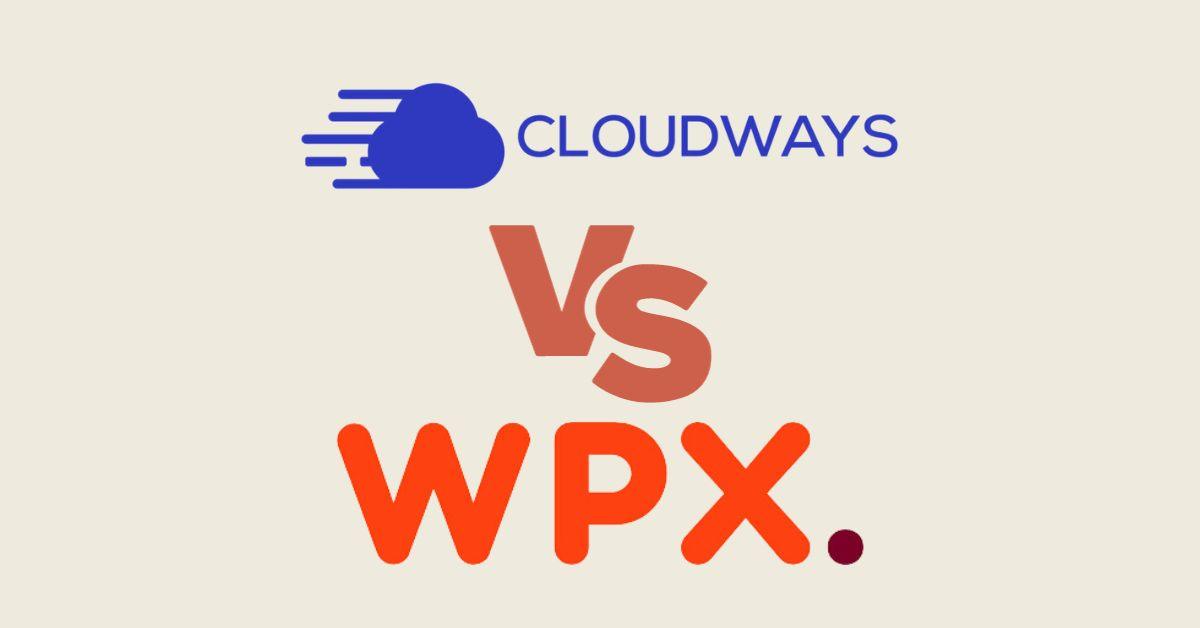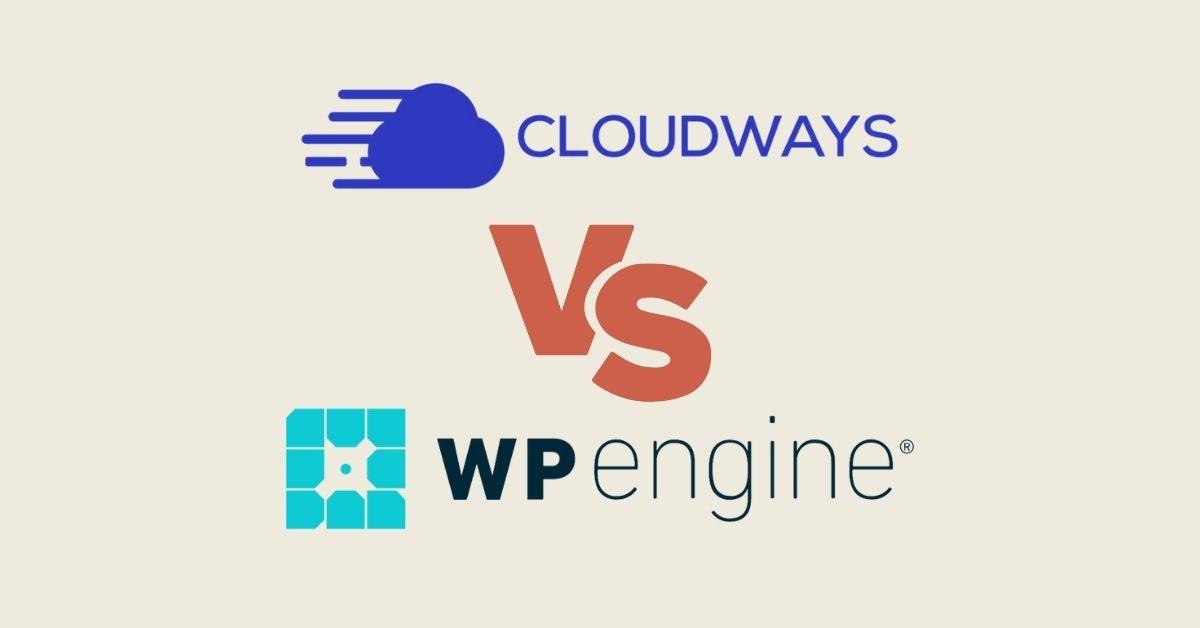If you’re a content creator on YouTube, you know that exposure and monetization are two of the most important factors in building a successful channel.
But what do you do when you’ve already built a decent following and want to expand beyond YouTube?
In this article, we’ll explore some strategies to help you gain exposure and monetize your content across different platforms.

Repurpose Your Content for Short-form Video Platforms
One of the easiest ways to expand your audience is by repurposing your content for short-form video platforms such as TikTok, YouTube Shorts, and IG Reels.
By creating short 1 minute long or less clips from your existing videos, you can reach a wider audience and attract new viewers to your channel.
This approach is particularly effective if your style of content involves narrating over visuals, as it can be easily condensed into shorter snippets.
Onboard Your Content onto TV Platforms
Expanding your content onto TV platforms such as Roku, AmazonTV, and others can be a great way to generate additional revenue streams.
However, it can be a daunting task to navigate the complex world of TV distribution on your own.
That’s where specialty companies like VFR come in.

These companies can help you onboard your content onto various TV platforms, making the process much easier and more streamlined.
Creating a Patreon for Monetization
Another great way to monetize your content is by creating a Patreon account.
Patreon is a platform that allows fans to support creators by subscribing to exclusive content and other perks.
This can be a great way to generate a steady income stream from your most dedicated fans.
In addition, using whatever tools YouTube has to offer, such as interacting with your comment sections, creating polls, and providing daily updates, can also help you increase your exposure and reach.
Promote Yourself on Social Media
Social media platforms such as Instagram, TikTok, YouTube shorts, and Facebook can also be powerful tools for gaining exposure and promoting your content.
By sharing your videos and engaging with your audience, you can increase your visibility and attract new viewers to your channel.
Uscreen for Streaming Platforms

Finally, if you’re looking for a more comprehensive solution to expanding your content onto various streaming platforms, Uscreen can be an excellent option.
This platform allows you to get your content onto various streaming platforms, while also providing your own app for your viewers.
You can also accept monthly payments and use other cool features to enhance your account.
Once you have your content set up on Uscreen, creating vertical content to build your brand can help you attract a wider audience.
In conclusion, expanding beyond YouTube for exposure and monetization can seem like a daunting task, but there are many strategies you can use to increase your visibility and generate additional revenue streams.
By repurposing your content for short-form video platforms, onboarding your content onto TV platforms with specialty companies like VFR, creating a Patreon account, promoting yourself on social media, and using platforms like Uscreen, you can reach new audiences and take your content to the next level.
FAQ
How do I increase my YouTube channel exposure?
Repurpose your content on other platforms like TikTok, YouTube Shorts, and Instagram Reels. Use social media platforms like Instagram, Facebook, and Twitter to promote your YouTube channel. Interact with your audience by responding to comments and creating engaging content.
How do I monetize my YouTube channel after 4000 hours and 1000 subscribers?
Once you reach 4,000 hours of watch time and 1,000 subscribers, you can apply for the YouTube Partner Program. Once accepted, you can monetize your videos through ads, sponsorships, and merchandise.
How to monetize YouTube videos without 4000 hours and 1,000 subscribers free?
You can monetize your YouTube videos without 4,000 hours of watch time and 1,000 subscribers by using alternative monetization methods like affiliate marketing, brand deals, and merchandise sales. You can also consider using Patreon to offer exclusive content to your fans.
How many views do you need to make $1000 a month on YouTube?
The number of views needed to make $1,000 a month on YouTube varies depending on several factors such as niche, audience demographics, and video length. However, generally speaking, a YouTube channel with around 50,000 to 100,000 views per month can make around $1,000 per month through ads.
How can I make my YouTube videos stand out?
Try to create unique and engaging content that appeals to your target audience. Also, pay attention to your video titles, thumbnails, and descriptions to make them eye-catching and informative.
Can I earn money from YouTube shorts?
Yes, you can earn money from YouTube shorts if you have the YouTube Partner Program enabled and your shorts meet the eligibility criteria.
What are some other social media platforms I can use to promote my YouTube channel?
Some popular platforms to promote your YouTube channel include Instagram, TikTok, Facebook, Twitter, and Reddit.
How do I know if my content is suitable for TV platforms like Roku and AmazonTV?
Generally, TV platforms prefer high-quality, engaging, and professionally produced content. It's best to research the specific platform's requirements and guidelines before submitting your content.
How important is engagement on my YouTube channel?
Engagement is critical to the success of your YouTube channel. It helps to build a community of loyal followers and increases your video's visibility in search results and recommendations. Encourage engagement by responding to comments, asking for feedback, and creating polls and surveys.






